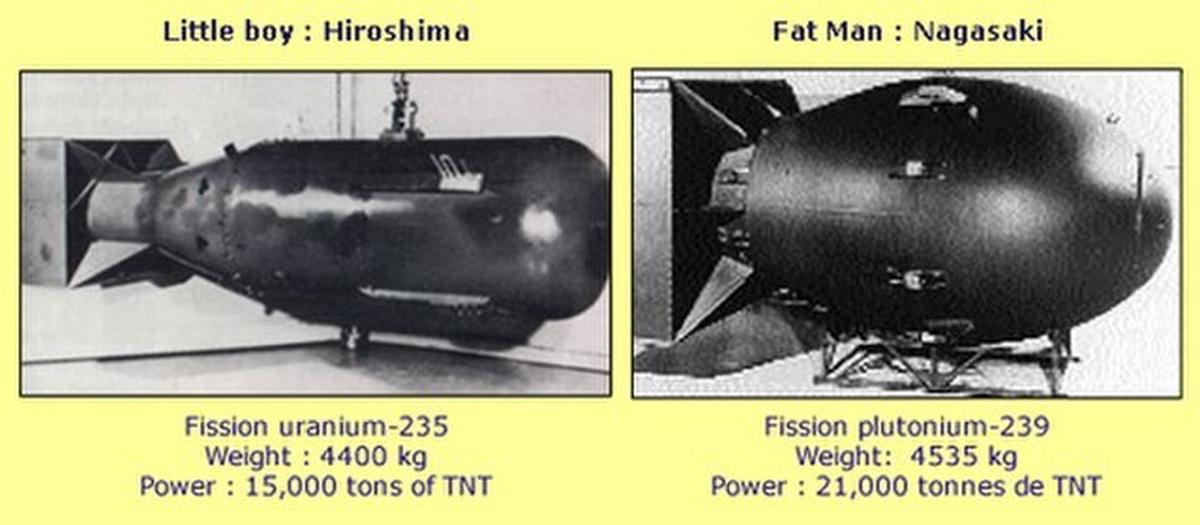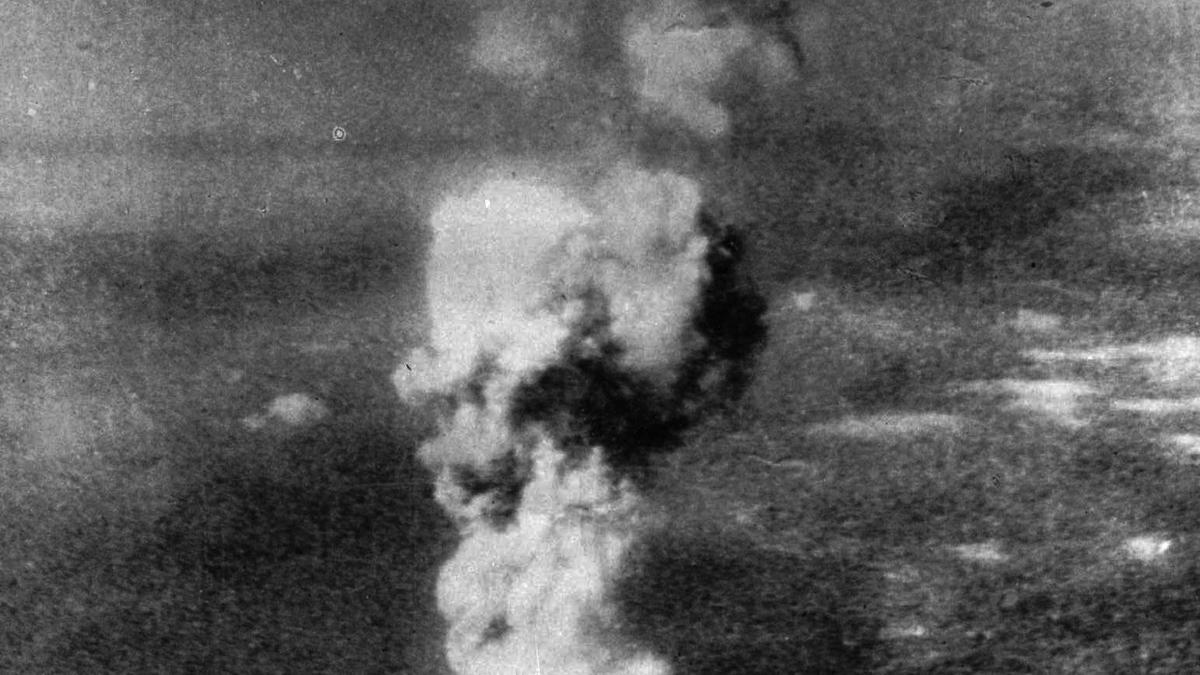Some events are etched so deeply in history that each time we recall them, we pause with a sigh. It’s as though we’re watching a silent film, one that aches, teaches, and lingers. The bombing of Hiroshima and Nagasaki is one such moment. As time passes, the memory of what happened on those two days only grows heavier.
It’s not just a story of destruction, but one that teaches the world about peace, courage, and rebuilding. So why is Hiroshima remembered around the world, even today?
Let’s travel back to August 6, 1945, a day that changed everything.
A calm morning, a devastating turn
It was a bright and ordinary Monday morning in Hiroshima, Japan. The streets were bustling. People were cycling to work. Children were heading to school. Soldiers were doing their morning exercises in an open parade ground. A short while earlier, an air raid warning had been issued, but it was lifted soon; it was just one lonely aircraft spotted in the sky.
No one imagined that by 8:15 a.m., the sky would turn into fire.
A U.S. B-29 bomber named Enola Gay flew high above the city and dropped a single bomb.
“Little Boy”, as it was codenamed, fell silently for about 43 seconds… before the world below erupted.
What was Little Boy?
“Little Boy” was not an ordinary bomb; it was the first atomic bomb ever used in war. It was a gun-type bomb that fired one piece of uranium-235 into another, creating a powerful chain reaction. Its explosive force was equivalent to 15,000 tons of TNT.
It detonated 1,900 feet above ground. A blinding white flash lit up the sky. A fireball formed, heating up to 7,000°C, hotter than the surface of the sun. The shockwaves from the blast, faster than the speed of sound, tore through the city.
”Little Boy,” the name given to the atom bomb dropped on Hiroshima, Japan, in a loading pit before going into the B-29 bomber that was to drop it over Hiroshima, Japan, in a 1945 photo provided by the U.S. National Archives.
| Photo Credit:
NATIONAL ARCHIVES
Almost instantly, wooden houses turned to ashes, people disappeared in the blast, and birds burst into flames mid-air. The force knocked buildings flat, shattered glass miles away, and threw people across streets. Clothes burned off bodies. Shadows of people were scorched into the pavement.
A black rain soon followed, carrying radioactive fallout, it soaked survivors and rescuers alike, unknowingly poisoning them. Within minutes, nearly 70,000 people were dead, and Hiroshima became a silent inferno.
Nagasaki – the second tragedy
Just three days later, on August 9, another U.S. plane dropped a second atomic bomb, “Fat Man”, on the city of Nagasaki. This bomb used plutonium and was even more powerful. Though the original target was Kokura, cloudy skies led the crew to drop it on Nagasaki instead. It, too, wiped out tens of thousands, mostly civilians. The total death toll from both bombings is estimated at over 1,66,000 people.

Why does the world remember Hiroshima?
Hiroshima isn’t just remembered because of the destruction; it’s remembered because of what it stands for today:
-
A warning against the horrors of nuclear war.
-
A lesson in the cost of conflict.
-
A symbol of peace, forgiveness, and rebuilding.
The A-Bomb Dome, one of the few structures still standing after the blast, now stands as a UNESCO World Heritage Site, a global reminder of that day.
Every August 6…
People pray in front of the cenotaph for the victims of the 1945 atomic bombing, at the Peace Memorial Park in Hiroshima on the 80th Atomic Bombing Day anniversary in Hiroshima, western Japan, August 6, 2025.
| Photo Credit:
KIM KYUNG-HOON
Every year, on Hiroshima Day, people across the world light candles, float lanterns on rivers, and observe moments of silence. They remember not just the destruction but the hope that such a thing must never happen again.
Published – August 06, 2025 10:34 am IST
